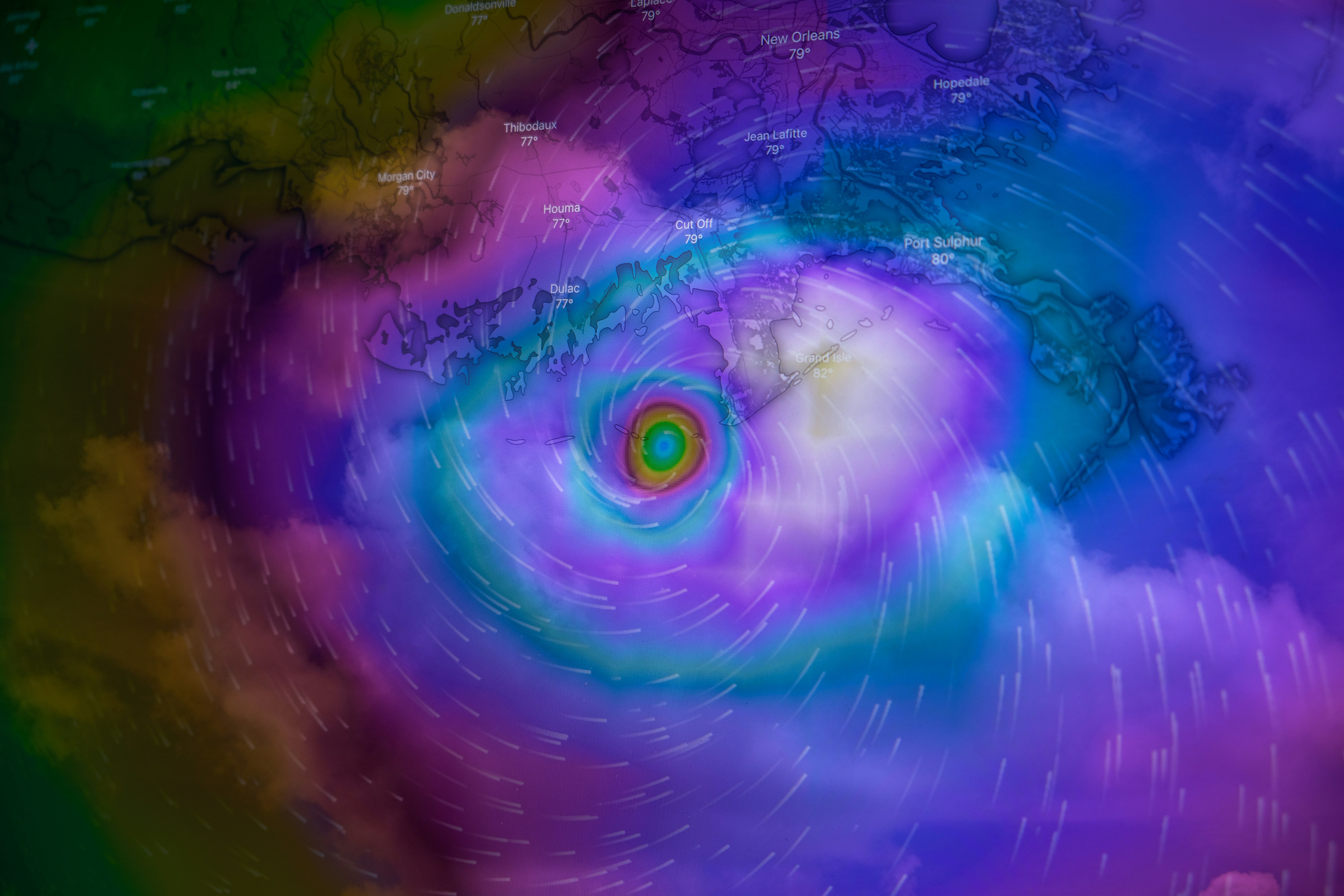The Increasing Need for Innovative Hurricane Mitigation
As hurricane seasons grow more intense, communities are under pressure to find effective methods to mitigate damage. Innovations in technology and infrastructure play a crucial role in reducing the devastating impacts of these natural disasters. Understanding these advancements can empower both individuals and communities to better prepare and respond when a hurricane strikes.
Advanced Building Techniques for Resilience
Construction plays a vital role in hurricane mitigation. Modern architectural designs focus on resilience, ensuring buildings can withstand high winds and flooding. New materials and methods, such as hurricane straps and impact-resistant windows, are engineered to minimize damage. Retrofitting older structures with these advanced features can significantly enhance their durability.
Moreover, innovative designs like storm-resistant buildings and elevated structures are becoming popular in coastal regions. These designs not only protect property but also reduce the risk to human life by ensuring that homes remain safe havens during extreme weather.
Technological Innovations in Prediction and Response
Technology has become a frontline defense against hurricane damage. Satellite systems, combined with advanced weather models, provide more accurate forecasts, giving communities precious time to prepare. Innovations like AI-based predictive modeling further enhance our ability to anticipate hurricanes’ paths and intensities.
Additionally, the use of drones and IoT devices in disaster management enables real-time data collection, aiding in quicker response and recovery efforts. These technologies help assess damage, deliver supplies, and even facilitate communication when traditional networks fail.
Community-Based Strategies and Innovations
Community involvement is crucial for effective hurricane mitigation. Local governments and organizations are developing community-based strategies to enhance preparedness. Initiatives like neighborhood resilience networks, which share resources and information, empower residents to collaborate in safeguarding their communities.
Moreover, social media platforms are leveraged to disseminate crucial information rapidly. During emergencies, platforms like Twitter and Facebook become invaluable tools for spreading warnings and updates, ensuring everyone stays informed.
The Role of Nonprofits in Disaster Preparedness
Nonprofit organizations are at the forefront of implementing innovative solutions for hurricane damage mitigation. At HelpNow, we are dedicated to enhancing community resilience through safety training and disaster preparedness workshops. Our programs provide communities with the knowledge and tools to effectively respond to natural disasters.
Through partnerships with local businesses and government agencies, nonprofits can effectively pool resources to deliver immediate and long-term support to affected areas.
Looking to the Future: Sustainability in Mitigation Efforts
Sustainability is a key component of modern hurricane mitigation strategies. Incorporating green technologies, such as solar power and sustainable building materials, not only helps reduce environmental impact but also increases resilience. These practices ensure that recovery and rebuilding efforts align with long-term environmental goals.
Governments and communities alike are encouraged to adopt sustainable practices in their disaster response plans. By focusing on environmentally friendly solutions, we can reduce the frequency of rebuilding efforts and promote a healthier planet.
Conclusion: A Call to Action
As we face the reality of more frequent and intense hurricanes, it is crucial to invest in innovative solutions for damage mitigation. By embracing advanced technologies, enhancing community involvement, and promoting sustainability, we can create a future where resilience against hurricanes is not just a possibility but a reality.
Join us at HelpNow to subscribe to our newsletter for updates on our initiatives and learn how you can contribute to creating safer, more resilient communities.

